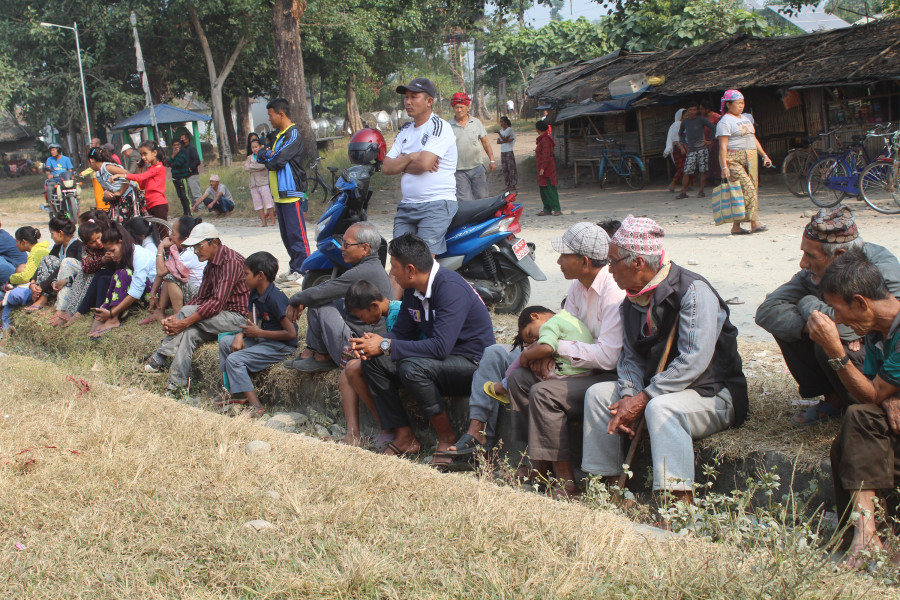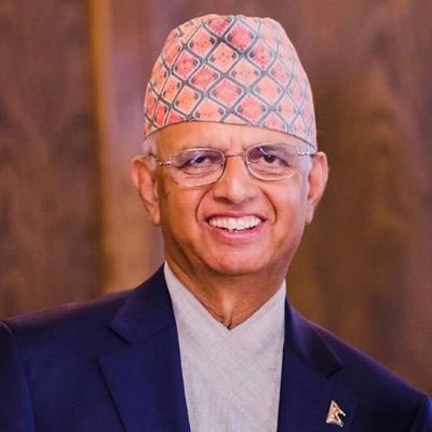Columns
Time to ensure a safe and dignified return of the remaining refugees to Bhutan
It is reported that 2,000 to 7,000 refugees have expressed their desire for voluntary repatriation.
Dinesh Bhattarai
Lhotsampas, or southern Bhutanese of Nepali origin, settled in Bhutan centuries before the establishment of the monarchy in 1907. In the late 1980s, changing politics in the Himalaya perhaps triggered a change of attitude of Bhutan to choose the politics of expulsion. Lhotsampas were forcibly evicted from their homeland on the grounds of ethnicity, language and religion. Some 120,000 Bhutanese out of a total population of 600,000 fled the country. They were transferred by truck through India to Nepal which does not share a border with Bhutan.
Nepal gave shelter to these dejected people on humanitarian grounds, and initiated a diplomatic process to bring Bhutan to the negotiating table. Fifteen rounds of joint ministerial meetings, and numerous conversations on the sidelines of multilateral meetings produced no result as Bhutan remained evasive and reluctant to come forward in favour of a solution. The continuous deadlock in bilateral negotiations compelled the international community to step forward with a third country resettlement programme. Western countries led by the US made a generous offer of burden sharing for resettlement of the Bhutanese refugees. The US alone absorbed close to 100,000 out of the total 113,160 refugees, followed by Canada, Australia, New Zealand, Norway, Denmark, the Netherlands and the UK.
Currently, 7,000 refugees are left in the UN Refugee Agency managed camps in eastern Nepal. Families have been split: Some are in Nepal, some abroad, and some in Bhutan. For the refugees, resettlement without repatriation and re-connectivity to Bhutan is not a resolution. It is disgraceful for Bhutan to preach to the world about gross national happiness while one-sixth of its population has been forcibly evicted from their ancestral homes, is spread over four continents, and deprived of avenues for family reunion and fundamental human rights.
In 2011, the UN and the international community proposed to introduce a Community Based Development Programme and phase out humanitarian support by promoting ‘the path of self-sufficiency for the remaining refugees’. There should be no confusion in the minds of anyone, including the organs of the UN, about any possibility of local integration. Of late, reports have surfaced that protection units of the UN Refugee Agency have been asking the refugees to fill out registration forms for identification of individuals seeking voluntary repatriation, including their place of resettlement back in the country of origin.
It is reported that 2,000 to 7,000 refugees have expressed their desire for voluntary repatriation. Bhutan had been lobbying the international community to press Nepal for assimilation of the remaining refugees based on their ethnicity. The answer to arguments that refugees have lived long enough in Nepal to qualify for local assimilation is a big no. Given the ethnic composition of the demography in the region, it would be a Himalayan blunder to accept a single Bhutanese refugee in Nepal. The only viable path is to ensure a safe and dignified return of the remaining refugees to Bhutan.
There are geopolitical consequences of local assimilation of Bhutanese refugees. Assimilation on ethnic grounds will not only plant the seeds of ethnic conflict but set a wrong precedent. Relocated refugees in democratic countries have begun to regroup, and they have stated time and again that 'resettlement was introduced as a humanitarian solution not a permanent one'. That makes the US, which has resettled the largest number of Bhutanese refugees, an essential partner in seeking a lasting resolution. Bhutan has no choice but to take the remaining refugees and restore dignity to the resettled Bhutanese. Thimphu should create an enabling environment for the remaining refugees to return. Repatriation will be a victory for Bhutan’s democracy.
Now is also the time to think of using track two diplomacy and activate all channels of communication. Track two diplomacy is open-minded and facilitates constructive interactions between adversaries. There is no dearth of professionals in the country whose experience and expertise can inject insights into track one discussion, and help restore the glorious traditional relationship between the two countries. The Oli administration should mobilise its increasing international engagements and goodwill in national interests, knock on Bhutan’s door and make Thimphu implement the commitment it gave for repatriation of the remaining refugees when third country resettlement began. It is fitting to find an amicable solution to this protracted humanitarian problem and close down the refugee camps as early as possible.
Nepal and Bhutan are front-line Himalayan states. India is their most important neighbour. The resolution of this protracted humanitarian problem has become a compelling necessity before it spirals out of control. A generous gesture from ever helping sincere friends like India and the US will go a long way in bringing a lasting solution to the refugee problem. Democracy and inclusion cannot go selective. Selective democracy and inclusion become discriminatory and loses their significance.
***
What do you think?
Dear reader, we’d like to hear from you. We regularly publish letters to the editor on contemporary issues or direct responses to something the Post has recently published. Please send your letters to [email protected] with "Letter to the Editor" in the subject line. Please include your name, location, and a contact address so one of our editors can reach out to you.




 18.12°C Kathmandu
18.12°C Kathmandu















